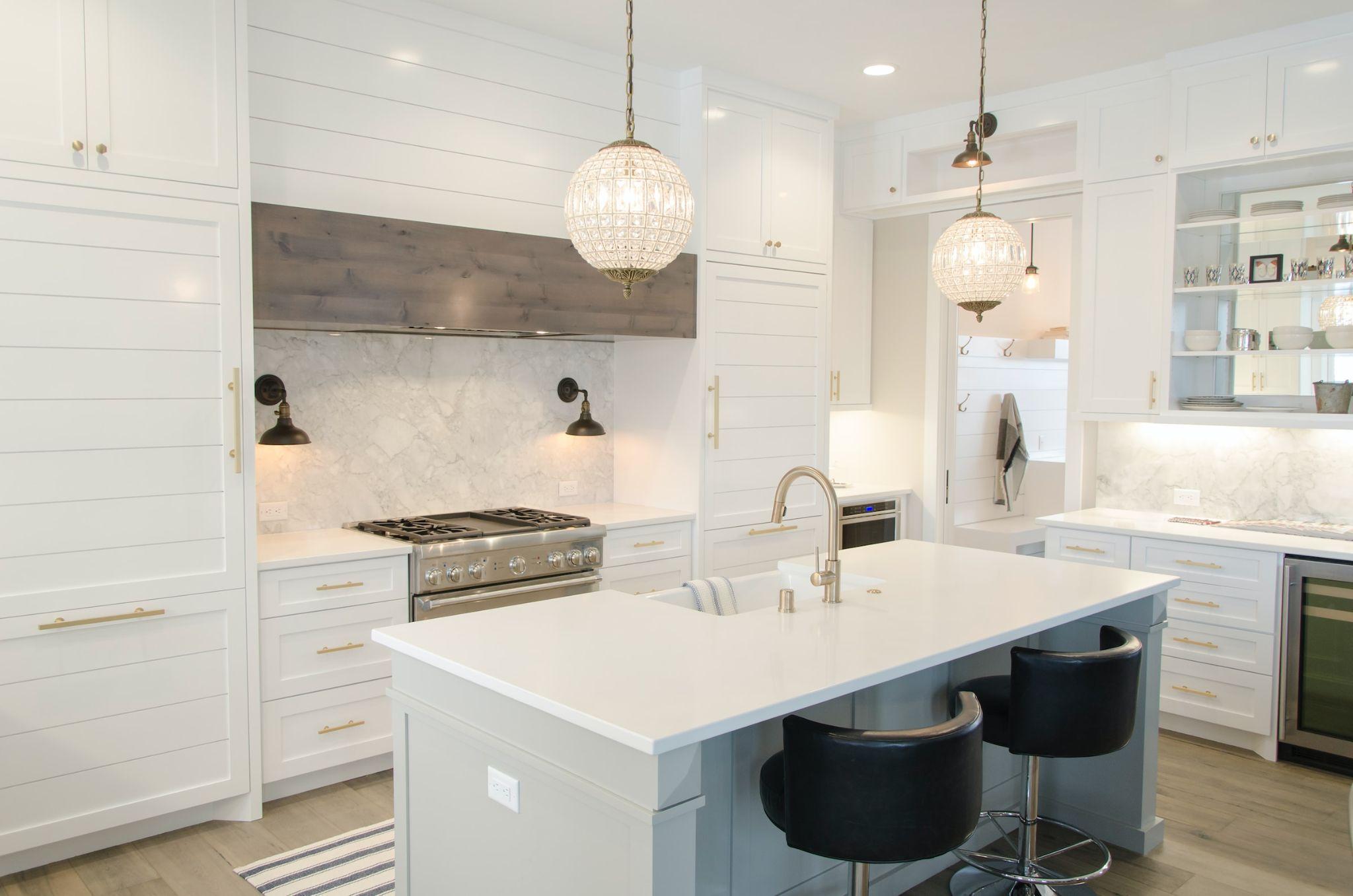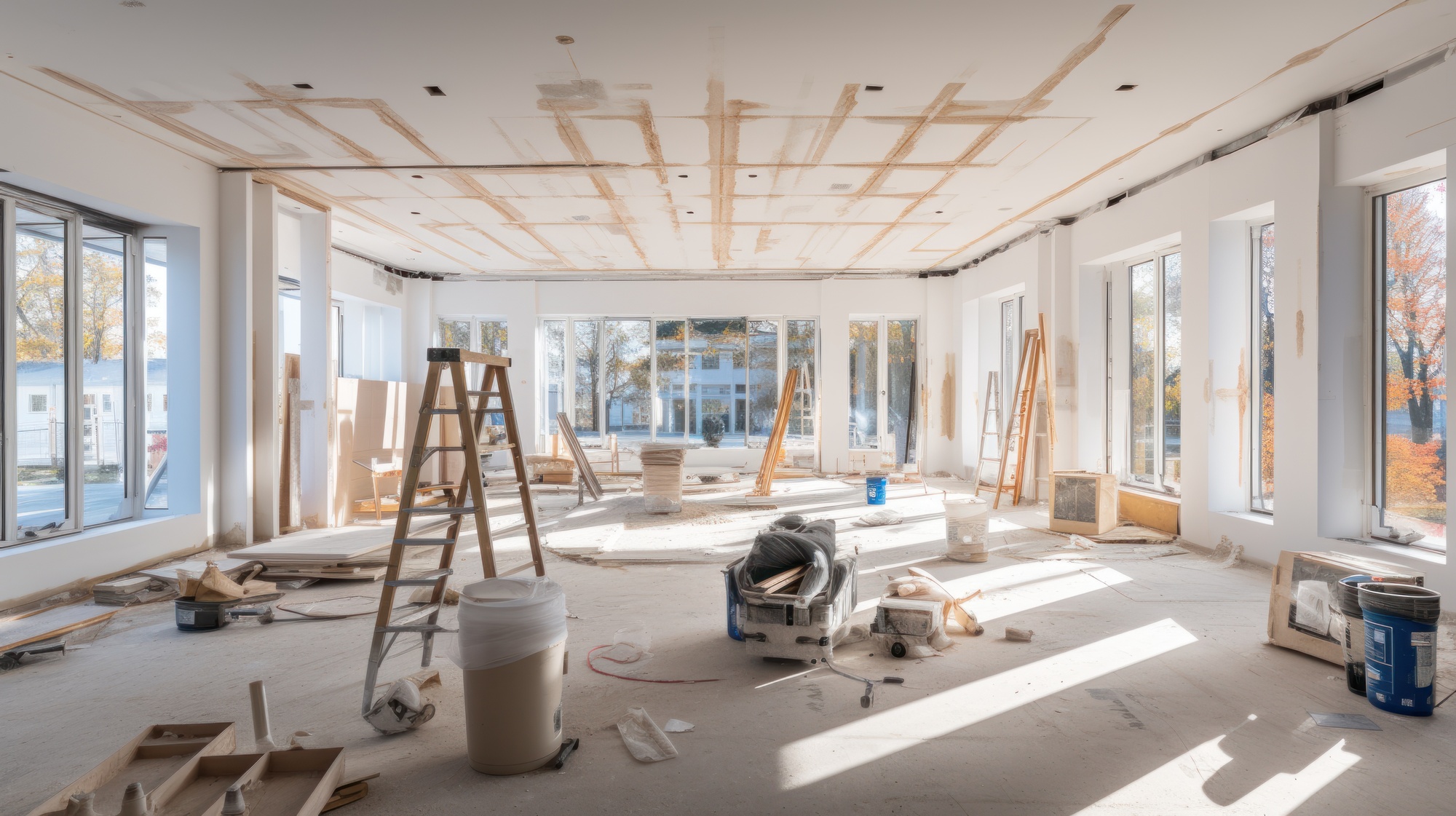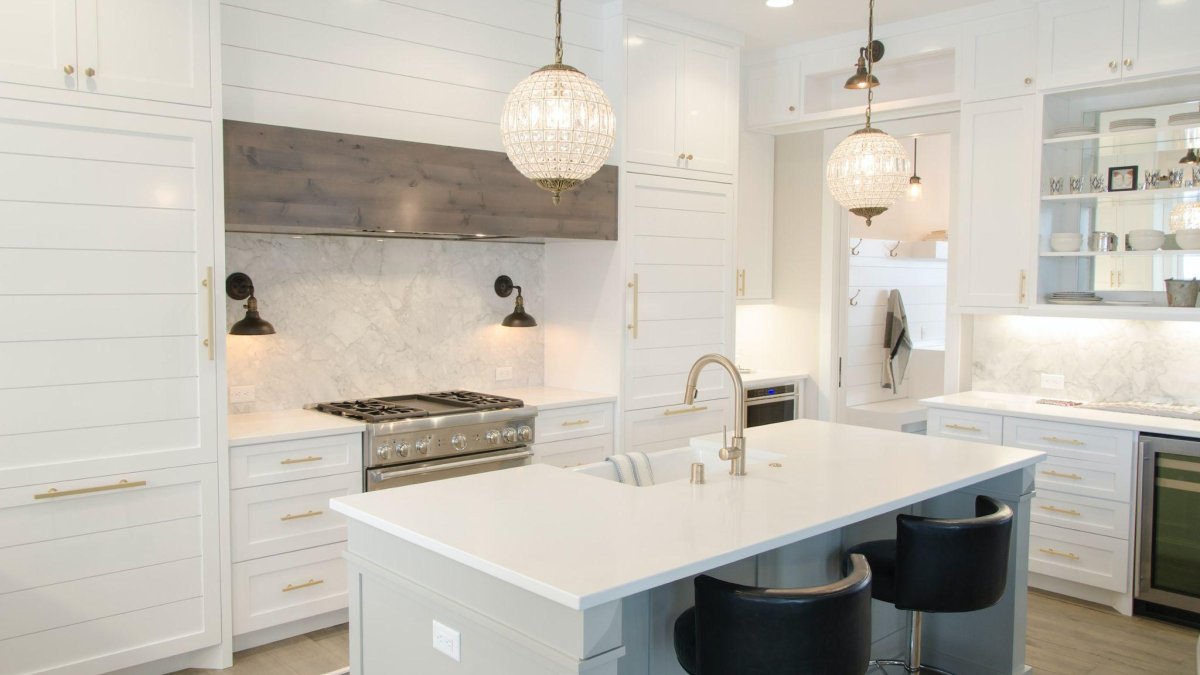
The average cost to remodel a home is upwards of $50,000, however projects can start as low as $3,000 and extend up to $80,000 depending on the project type and scope. And with a price point this high, it’s imperative to get it right. In this post, we’ll cover some essential tips for a successful remodel.
5 Tips for a Successful Remodel
Know Your End Goal and Don’t Settle for Stock Options
Before you start a remodel project, you should have an idea of what the end goal is. And while an architect, interior designer or even your contractor may be able to help guide you in the right direction with certain decisions and “must-haves,” it’s imperative that you come into the project with a vision in mind.
On a similar note, you shouldn’t have to compromise on this vision – and many property owners tend to do this, especially when it comes to stock options. Rather than explore custom options, they tend to settle for what they can find at the big box hardware store. For example, on a kitchen renovation project, property owners will often select stock cabinets versus exploring custom kitchen cabinets, where they can select wood type, finish, door styles and more. The same can be said for custom bathroom cabinets and vanities.
Create a Realistic Budget

It may seem contradictory that our first section focused on not settling for stock options and knowing your end goal and that this section focuses on setting a budget – but budgeting is important for a variety of reasons. One, it sets expectations with any contractors you work with to carry out the work. And two, it clarifies the maximum amount that you’re willing to spend on any home improvement project.
It can be difficult to set a budget and can only happen following some research into what you intend to do to your home, the materials you intend to use, how long the project expects to take and more. It’s also suggested that you set an additional 20 to 30 percent of the total cost of your project aside from any unexpected costs or issues that may arise.
Be Proactive
Are you ordering custom materials or specialty appliances that are on backorder or will take weeks to be made? Do you need to pull permits to complete your project? Is there anything you need to do to prep your home before work can begin? Do you have to pack out and remove items from certain rooms?
It makes sense to be proactive – or as proactive as you can – when you commit to a home improvement project. Doing so can help keep the project streamlined and on track.
Be Patient
Patience is also key on any home improvement project. Very rarely do large home improvement jobs go smoothly from start to finish. That’s part of the reason why we suggest budgeting 20 to 30 percent in addition to your initial project budget. The likelihood of something going wrong or having to address something that wasn’t originally anticipated is high. And when these things happen, cost isn’t the only thing that’s likely to be impacted – but the project timeline as well. From materials arriving damaged to issues that need to be corrected before phases of work can begin to other issues, it’s important to pack your patience on a home improvement project. Remember, it’s the end result that’s the most important thing.
Work With a Contractor You Can Trust

Finally, you’re not likely to have a successful end project without the right contractor at the helm of it. Hence, it’s important to find a quality, qualified contractor to manage your project. It’s always advised to get at least three quotes from contractors you’re considering. Some factors to consider include:
- How easy they are to contact and communicate with.
- Quality of online ratings or testimonials.
- Experience or expertise with the particular project you want done.
- How soon they’ll be able to start on your job based on their current schedule.
- Relationships with local subcontractors and material suppliers.
- Your overall comfortability with them.
After you have a budget set and can wrap your head around some of the upfront work you’ll need to do prior to a remodel, it’s time to start. By following the steps above, you can be better prepared to tackle the remodel and ensure the end project meets your initial vision.
Ava Clarkson
Related posts
Stay connected
Today's pick
- Things to Remember While Designing Your Custom Modular Kitchen in GurgaonGurgaon now known as Gurugram is the second largest city in the state of Haryana and is a reflectiossn of an ideal modern city with futuristic goals. Witnessing rapid urbanization, it has also emerged as a hub for contemporary homes, with homeowners seeking innovative and... The post Things to Remember While Designing Your Custom Modular […]

